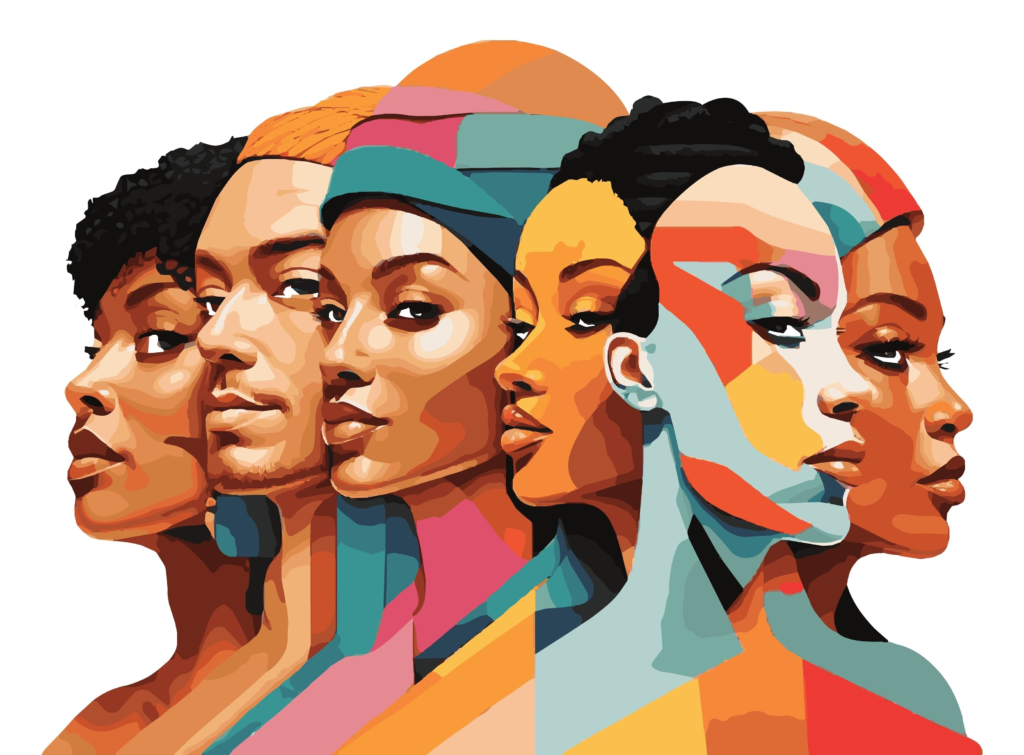
For much of its history, the Black population of Pinellas County was a fairly
homogenous mix of mostly native-born and Southern US-born African Americans.
Though a few Black diaspora groups have had a visible presence here for many years –
namely Jamaicans, and more recently Haitians – the foreign-born and diaspora
communities were only a fractional share of Pinellas’ Black population on the whole.
In 1990, for example, only 3% of Pinellas’ Black population was foreign-born, compared
to a 13% share across Florida.
Today, the community is much changed.
The latest Census data show that the Black foreign-born population of Pinellas doubled
over the past decade, to 10,000, while the number of Black residents who claim
ancestry from outside the US – including descendants of immigrants – stands at roughly
15,800.
Pinellas still ranks last among Florida’s 10 most populous counties for the size of its
Black foreign-born and diaspora populations, but from 2010 to 2021, Pinellas had one of
the highest growth rates for these groups.
The Black foreign-born group grew by 81% (compared with 27% across Florida) and the
Black diaspora grew by 119%.
Regions & Countries Represented
Beyond numeric growth, Pinellas County’s Black diaspora is becoming more diverse in
ethnicity and nationality.
The Power Broker Media Group cross referenced three Census data tables to identify
countries of origin for Pinellas’ Black population (see data notes section below).
Combined, the three tables show that the county’s Black population hails from at least
54 countries outside US borders – a major increase over the 31 home countries that
were identifiable in 2010 Census data.
In terms of world regions, most Black residents of Pinellas who claim non-US ancestry
are from countries in the Caribbean (70%) or Africa (17%).
But a surprising number were born in Europe (380), Latin America (1,354) and Asia
(106).
By country of origin or ancestry, the top five largest Black ethnic groups in Pinellas are
those who identify as Jamaican, Haitian, Trinidadian & Tobagonian, Nigerian and South
African (in that order).
Top origin countries from the Caribbean – apart from the three above – were the
Bahamas, Barbados, St. Lucia, and Grenada, one of the islands devastated by
Hurricane Beryl last week.
From the Motherland, Pinellas’ Black residents claim ancestry from 20 African countries
in all. Besides Nigeria and South Africa in the top five, these include Ghana, Democratic
Republic of Congo, Kenya, Ethiopia, Liberia and Cameroon.
Closer to home, many of Pinellas’ Black residents are from primarily Spanish-speaking
countries that include Cuba, Guatemala, Dominican Republic, Venezuela, and Ecuador.
From Europe and Asia, Black Pinellas residents were born in Jordan, Germany,
England, and other parts of the United Kingdom.
Click here for a report with population counts for all 54 non-US origin countries.
Table: Top 20 Ancestral Homelands of Pinellas’ Black Population
| Country | No. of Residents | % of Black Diaspora | |
|---|---|---|---|
| 1 | Jamaica | 5,975 | 55% |
| 2 | Haiti | 3,517 | 32% |
| 3 | Trinidad and Tobago | 736 | 6.7% |
| 4 | Nigeria | 563 | 5.2% |
| 5 | South Africa | 394 | 3.6% |
| 6 | Cuba | 364 | 3.3% |
| 7 | United Kingdom | 292 | 2.7% |
| 8 | Bahamas | 251 | 2.3% |
| 9 | Guatemala | 191 | 1.7% |
| 10 | Ghana | 187 | 1.7% |
| 11 | Democratic Republic of Congo | 180 | 1.6% |
| 12 | Dominican Republic | 172 | 1.6% |
| 13 | Venezuela | 164 | 1.5% |
| 14 | Barbados | 144 | 1.3% |
| 15 | Kenya | 138 | 1.3% |
| 16 | Ethiopia | 132 | 1.2% |
| 17 | Ecuador | 120 | 1.1% |
| 18 | Cameroon | 108 | 1.0% |
| 19 | Liberia | 108 | 1.0% |
| 20 | Brazil | 89 | 0.8% |
New Connections Taking Shape
Some local groups are working to build cultural, business and social connections within
the increasingly diverse community. The Pinellas County Urban League is sponsoring
a Trade Mission to the Motherland for a delegation of 16 entrepreneurs to tour business
opportunities in Ghana. The trip is set for February 2025.
St. Pete native Kristin Tellis Quaye now lives in Ghana and co-owns Certified Africa
with her husband Nii. The company hosts tours for African Americans and others
visiting Ghana, Egypt, Kenya, and other countries.
The Haitian American Foundation for Democracy has included Pinellas in its
outreach plan to engage more of the Haitian diaspora in advocacy for new US-Haiti
policies.
We are likely to see more new diaspora connections emerge in the years ahead. Trends
point to continued growth for the Black diaspora in Pinellas County.
Discover More
Read the new report – Pinellas County’s Black Foreign-Born & Diaspora
Populations Doubled in Past Decade.
Watch for the Power Broker’s upcoming interview with local professionals and business
owners from six Caribbean and African countries sharing their lived experience in the
US and Pinellas County.
Data Notes
The table above draws from three different US Census tables. It includes Census
counts of both the foreign-born and US-born members of two groups – Jamaicans and
Haitians. For all other groups, figures are the higher of a) counts of those who wrote-in
their ethnicity (e.g., Nigerian) in a new field offered by the 2020 Census, or b) counts of foreign-born residents by their country of birth. Most ethnic groups are larger
than the numbers above suggest.
US Census tables used for this report include:
- American Community Survey Table B05001 Nativity and Citizenship Status in the
US (2021 5-Year Estimates) for Jamaicans and Haitians - Decennial Census Detailed Demographic & Housing Characteristics File A Table
T01001 Total Population (2020) - American Community Survey Table B05006 Place of Birth for the Foreign-Born
Population in the US (2021 5-Year Estimates) - Census of Population Social and Economic Characteristics Florida Section 1 of 3
Table 153 Geographic Mobility, Community, and Industry of Employed Persons by
Race ad Hispanic Origin (1990)


















